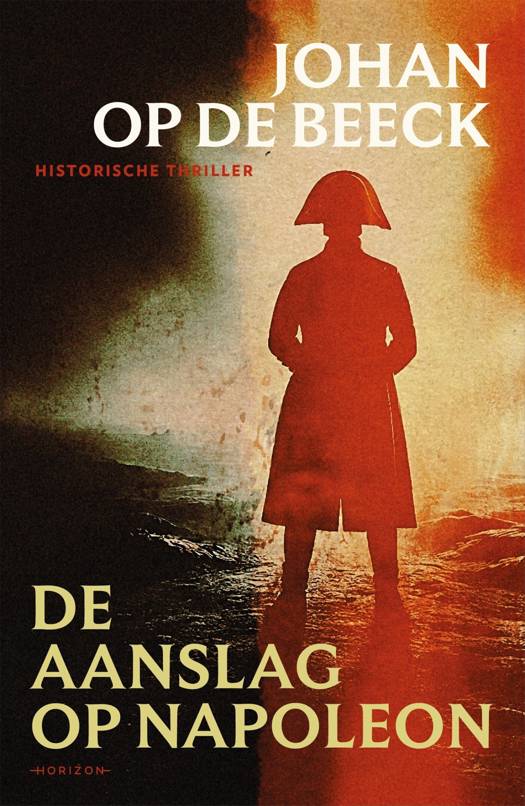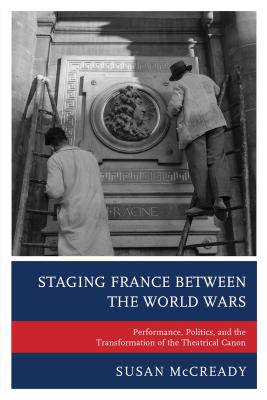
- Afhalen na 1 uur in een winkel met voorraad
- Gratis thuislevering in België vanaf € 30
- Ruim aanbod met 7 miljoen producten
- Afhalen na 1 uur in een winkel met voorraad
- Gratis thuislevering in België vanaf € 30
- Ruim aanbod met 7 miljoen producten
Zoeken
Staging France Between the World Wars
Performance, Politics, and the Transformation of the Theatrical Canon
Susan McCready
Hardcover | Engels
€ 198,45
+ 396 punten
Uitvoering
Omschrijving
Staging Francebetween the World Wars aims to establish the nature and significance of the modernist transformation of French theater between the World Wars, and to elucidate the relationship between aesthetics and the cultural, economic, and political context of the period. Over the course of the 1920s and 30s, as the modernist directors elaborated a theatrical tradition redefined along new lines: more abstract, more fluid, and more open to interpretation, their work was often contested, especially when they addressed the classics of the French theatrical repertory. This study consists largely of the analysis of productions of classic plays staged during the interwar years, and focuses on the contributions of Jacques Copeau and the Cartel because of their prominence in the modernist movement and their outspoken promotion of the role of the theatrical director in general. Copeau and the Cartel began on the margins of theatrical activity, but over the course of the interwar period, their movement gained mainstream acceptance and official status within the theater world. Tracing their trajectory from fringe to center, from underdogs to elder statesmen, this study illuminates both the evolution of the modernist aesthetic and the rise of the metteur-en-scène, whose influence would reshape the French theatrical canon.
Specificaties
Betrokkenen
- Auteur(s):
- Uitgeverij:
Inhoud
- Aantal bladzijden:
- 176
- Taal:
- Engels
Eigenschappen
- Productcode (EAN):
- 9781498522786
- Verschijningsdatum:
- 21/09/2016
- Uitvoering:
- Hardcover
- Formaat:
- Genaaid
- Afmetingen:
- 160 mm x 229 mm
- Gewicht:
- 362 g

Alleen bij Standaard Boekhandel
+ 396 punten op je klantenkaart van Standaard Boekhandel
Beoordelingen
We publiceren alleen reviews die voldoen aan de voorwaarden voor reviews. Bekijk onze voorwaarden voor reviews.











